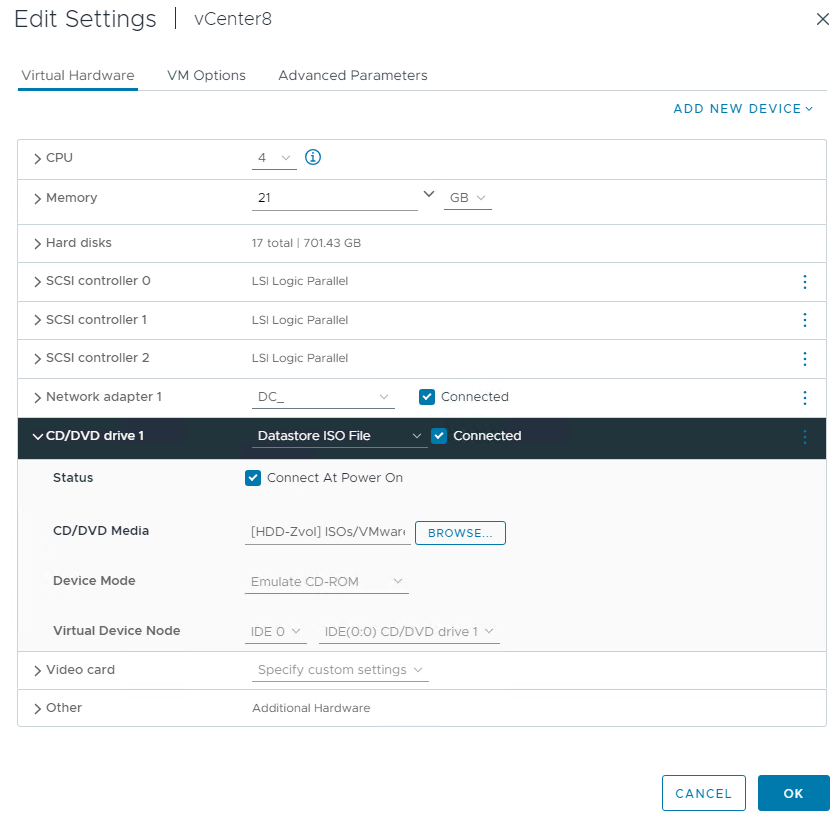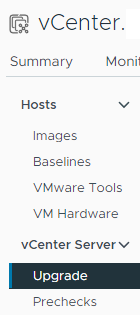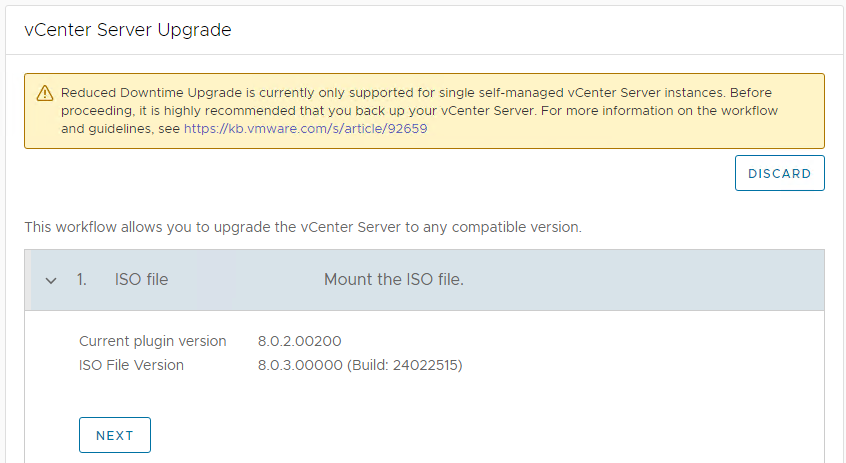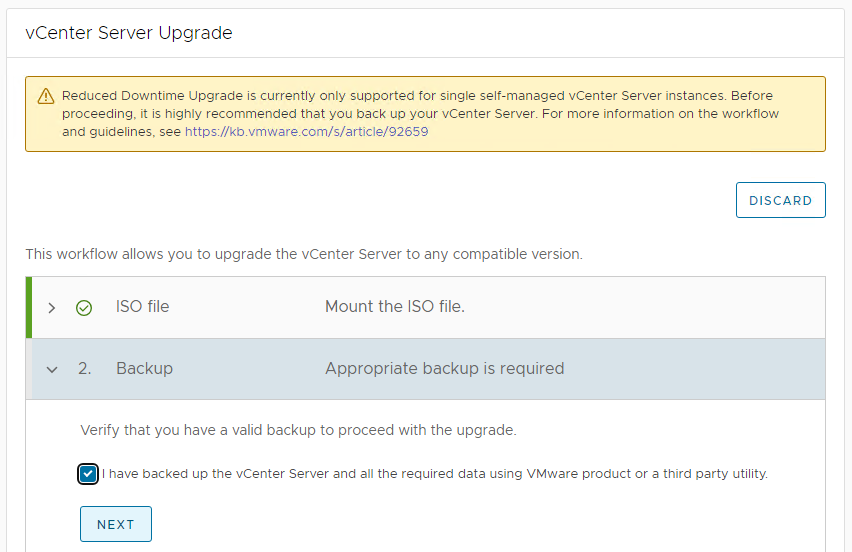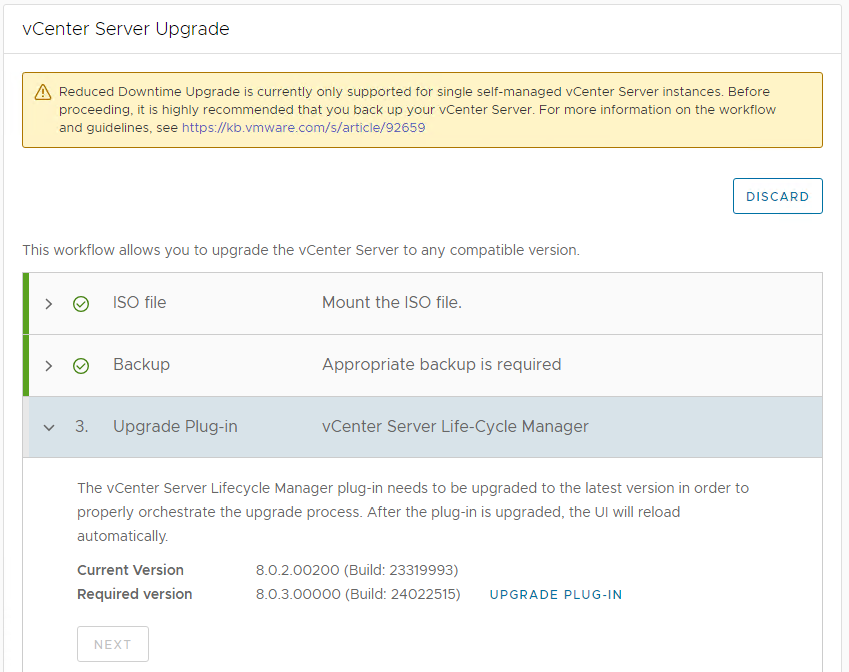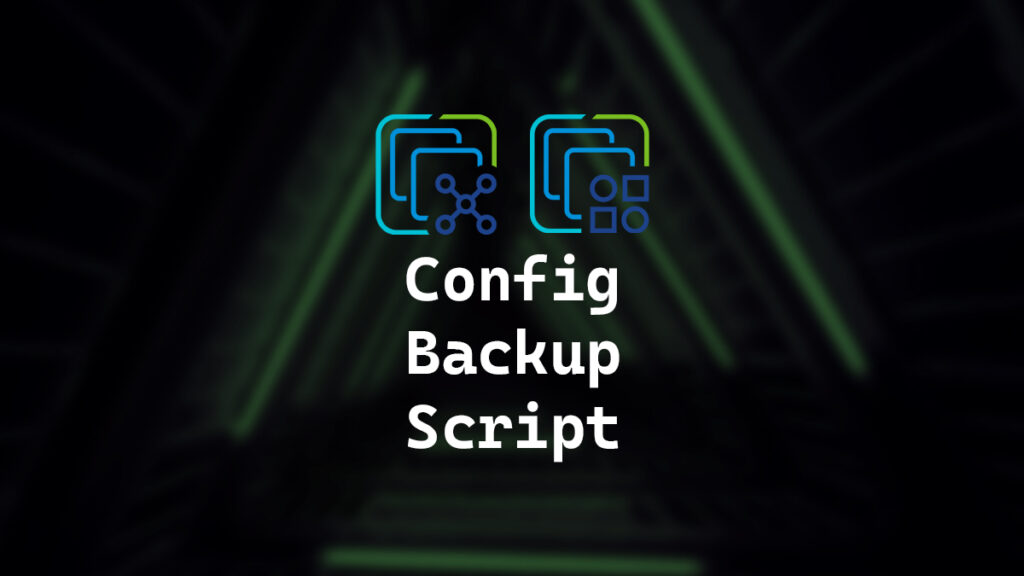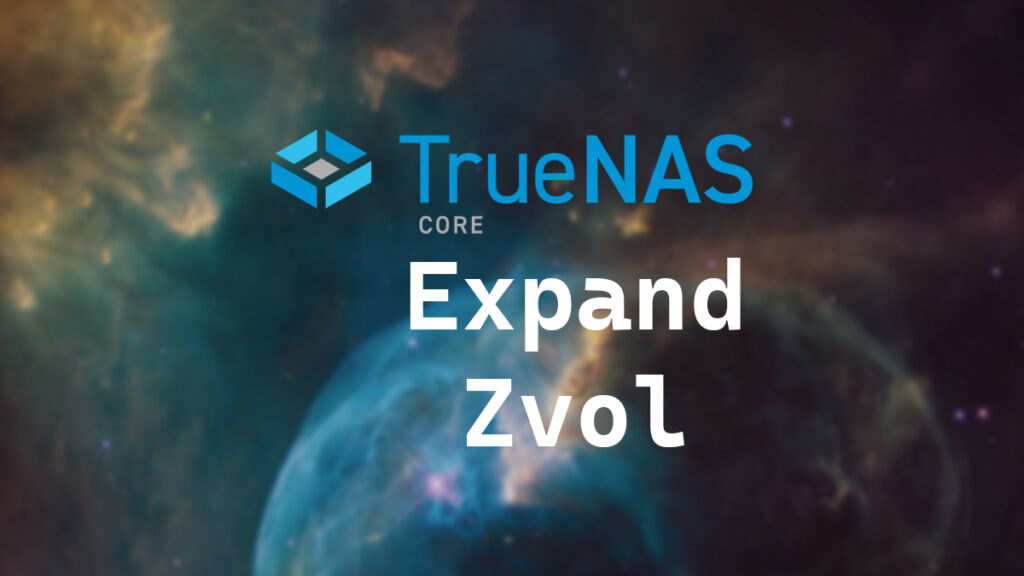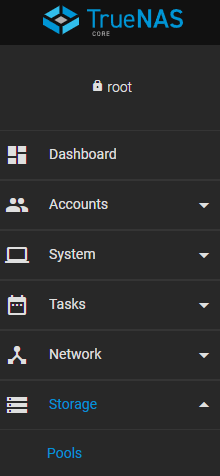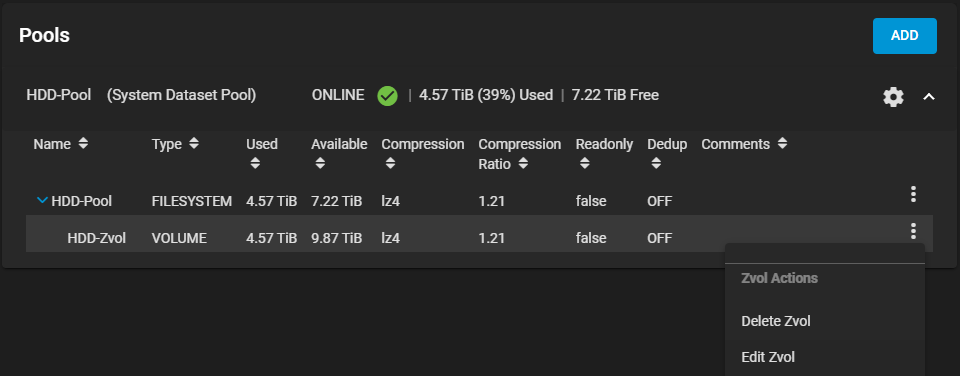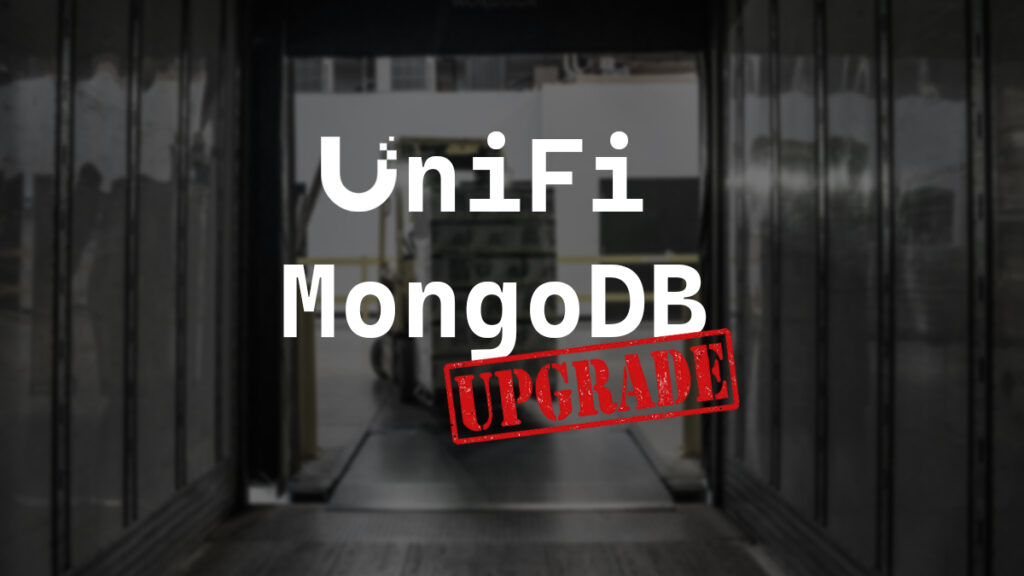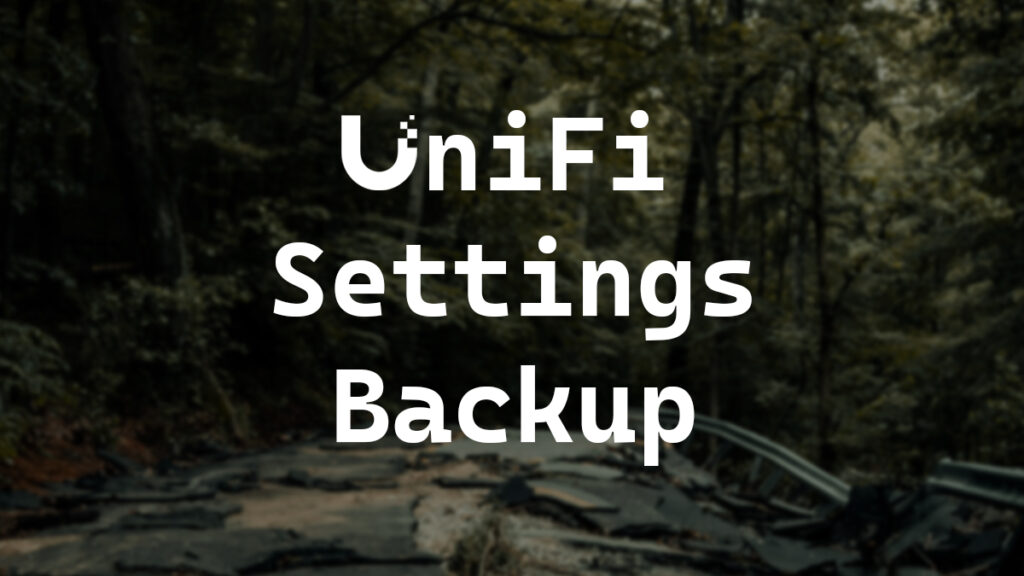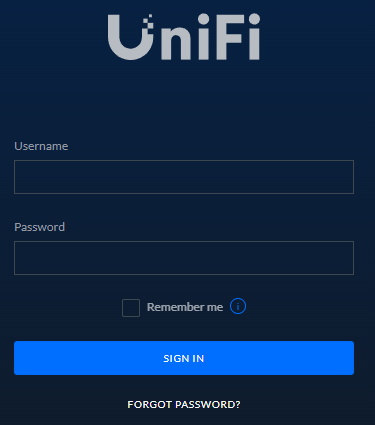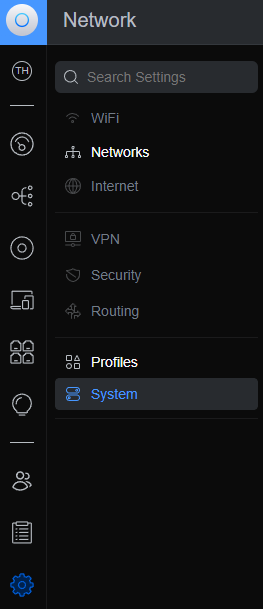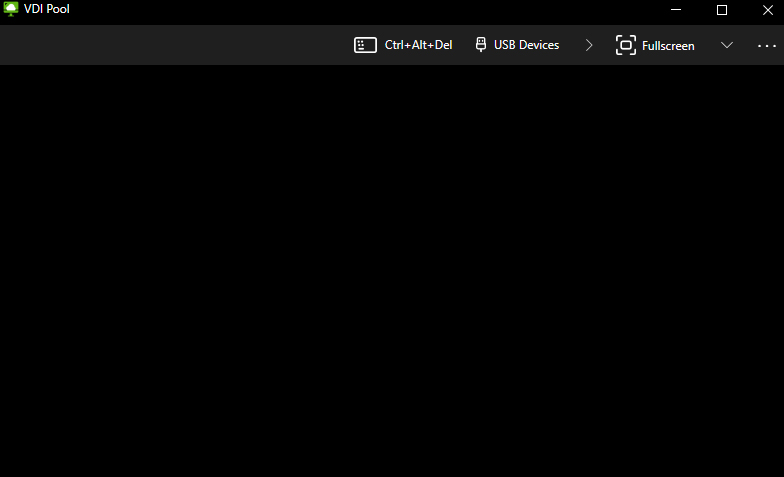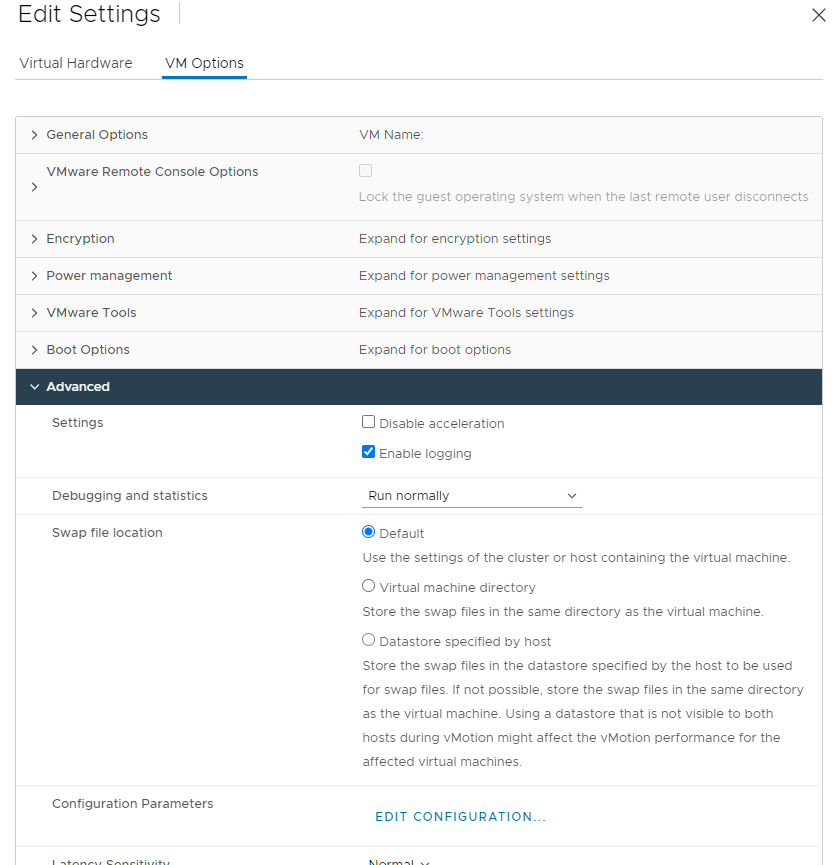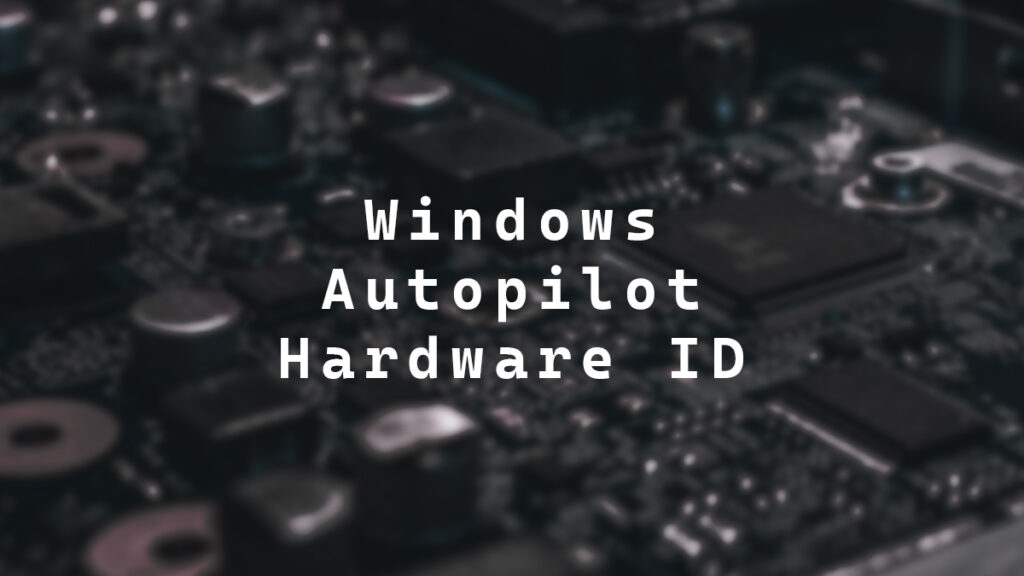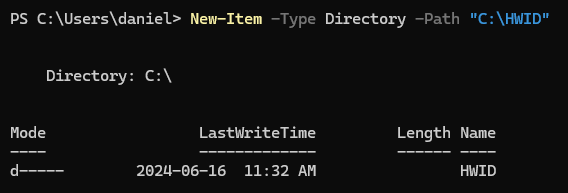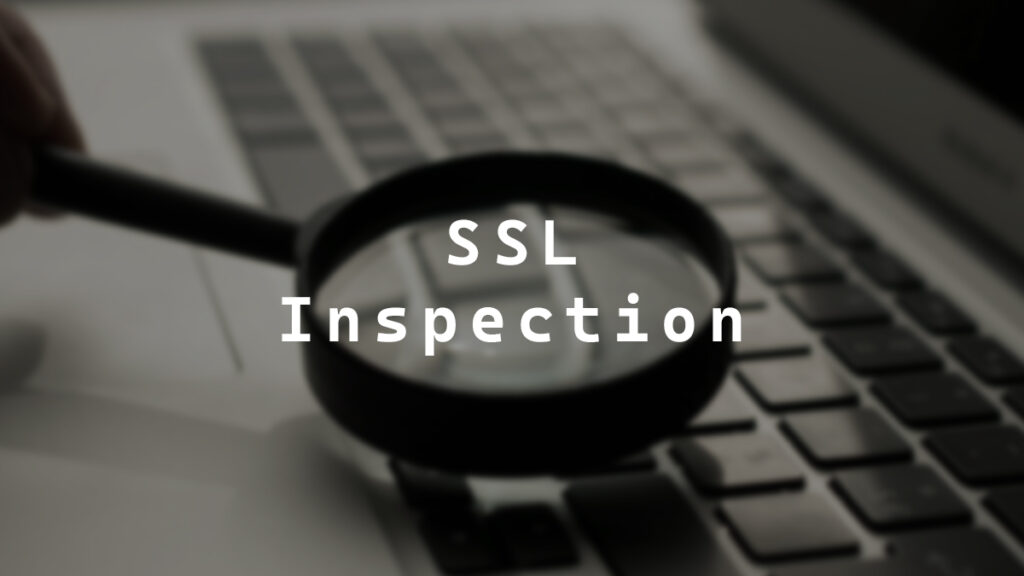VMware vCenter RDU (Reduced Downtime Upgrade (or Update)) is a relatively new feature that allows you to update your vCenter to the next version with limited downtime, just like the name indicates. It works similarly to the process for upgrading from vCenter 7 to vCenter 8, which is also very similar to doing a fresh install of VMware vCenter.
In October 2021, VMware introduced the vCenter Reduced Downtime Upgrade feature. However, the feature was not available for on-premises vCenters. In September 2023, vSphere 8 Update 2 introduced the feature for on-premises vCenters. With the release of vSphere 8 Update 3 in June 2024, more features have been added, including one called automatic switchover, allowing the whole process to be even more seamless.
The magic that makes vCenter RDU work is the vCenter installer ISO. When you mount the ISO to your existing vCenter, the RDU process will create a new upgraded vCenter VM. Once that part is completed, it will transfer the settings from your current vCenter to the newly upgraded vCenter VM and cut you over. This process reduces the time that VMware vCenter is down and can also reduce some risks of in-place upgrades.
My blog post, Install VCSA Updates, covers the traditional method of upgrading VMware vCenter in-place.
In this post, I will show you step-by-step how to upgrade VMware vCenter using the Reduced Downtime Upgrade with Automatic Switchover.
Prerequisites
- Backup of vCenter.
- VMware vCenter ISO.
- Temporary IP for the new upgraded vCenter VM.
- Temporary root password for the new upgraded vCenter VM.
The Process
- Upload the VMware vCenter Server Appliance ISO to a datastore in vCenter.
- Attach the VCSA ISO to your current vCenter VM.
- Click on your vCenter and select the Updates tab.
- Under the vCenter Server section, click on Upgrade.
- The process will check and confirm that your upgrade path is supported. If all is good, click Next.
In my example, I am upgrading from vCenter 8 Update 2b to vCenter 8 Update 3.
- Confirm that you have a backup and click Next.
- Click on Upgrade Plug-in to upgrade the vCenter Server Life-Cycle Manager plug-in.


